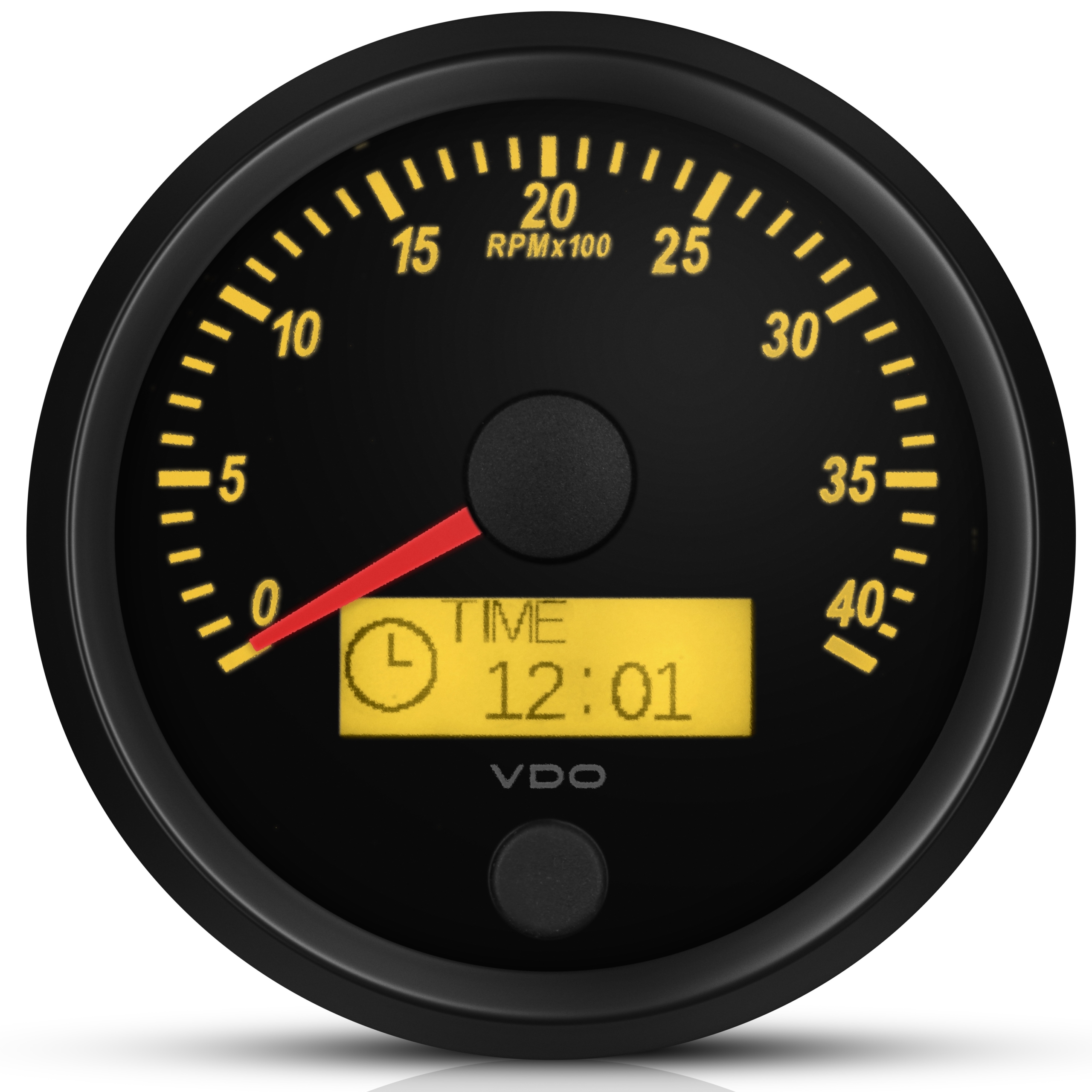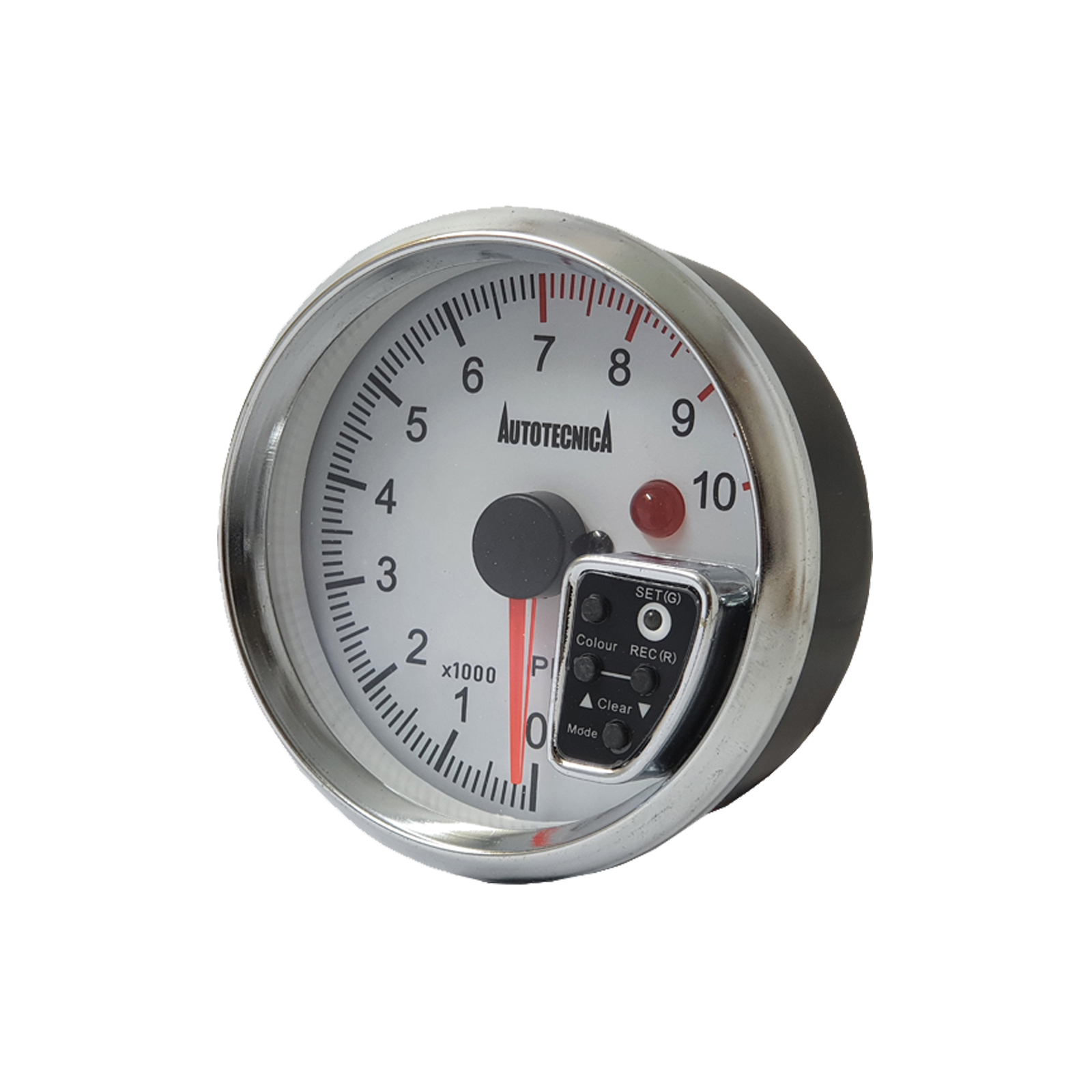Tachometer Acquiring Guide: Attributes to Look for and Finest Brands
Tachometer Acquiring Guide: Attributes to Look for and Finest Brands
Blog Article
The Significance of a Tachometer in Monitoring Engine Rate and Performance in Automotive Applications
In the realm of auto engineering, the tachometer stands as a critical tool in the chauffeur's collection, offering a straight window right into the internal operations of an automobile's engine. Past its function as a plain gauge of revolutions per minute (RPM), the tachometer offers as a crucial tool for lovers and specialists alike, using real-time understandings into engine efficiency and wellness. Understanding the relevance of this device goes beyond surface-level observations, delving into the complex partnership in between engine rate, power output, and general driving experience. As we explore the multifaceted duty of the tachometer in automobile applications, a deeper admiration for its impact on lorry characteristics and performance starts to arise.
Importance of Checking Engine RPM
Keeping track of engine RPM, or revolutions per min, is a crucial facet of vehicle upkeep and efficiency examination. Engine RPM directly associates with the rate at which the engine's crankshaft revolves, indicating how swiftly the engine is running - tachometer. By keeping an eye on RPM, auto mechanics can examine the health of the engine, find prospective problems, and fine-tune efficiency. An uncommon RPM analysis may signify troubles such as engine misfires, malfunctioning ignition system, or concerns with the fuel delivery system. Regularly high RPM readings can show aggressive driving practices or the need for a greater equipment shift to improve gas performance.
Additionally, keeping track of engine RPM is crucial for performance analysis in auto racing and high-performance vehicles. Maintaining ideal RPM degrees is crucial for accomplishing peak power outcome and acceleration. Racers often make use of tachometers to guarantee they are operating within the excellent RPM range for optimum performance. In recap, checking engine RPM is not only essential for spotting issues yet additionally for optimizing engine efficiency in various automotive applications.

Advantages of Real-Time Information
In auto applications, real-time information plays an essential function in offering instantaneous understandings right into the efficiency and problem of the automobile. By continuously checking different parameters such as engine rate, temperature level, fuel intake, and a lot more, real-time information offers countless benefits that add to enhanced performance and safety and security when traveling.
One considerable benefit of real-time data is its ability to sharp motorists and professionals to any kind of anomalies or issues quickly. This positive approach enables quick identification of possible troubles, enabling timely treatments to avoid further damages or breakdowns. Additionally, real-time information promotes efficiency optimization by offering instant responses on driving routines and engine effectiveness. Chauffeurs can readjust their actions in real-time based on this information to accomplish far better gas economic situation and extend the lifespan of their vehicle.

Moreover, real-time data plays an essential duty in modern-day automotive diagnostics, allowing service technicians to swiftly diagnose and deal with breakdowns. This brings about reduced downtime, reduced upkeep costs, and ultimately, boosted total vehicle dependability and longevity (tachometer). By using the power of real-time data, automobile stakeholders can make informed decisions that positively impact both the performance and long life of the lorry
Impact on Gear Shifts
The tachometer plays an essential duty in maximizing gear shifts by giving real-time engine rate information to the vehicle driver. When approaching the redline on the tachometer, it signals the motorist to upshift to avoid over-revving the engine and causing potential damage.
Additionally, the tachometer aids in accomplishing smoother gear shifts, particularly in hand-operated transmissions. By monitoring engine speed, motorists can perform equipment shifts at the optimum RPM array, decreasing jerking motions find out here and decreasing endure the transmission parts. This precision in equipment changes not only boosts driving convenience but also adds to sustain performance.
Enhancing Gas Efficiency
Offered the important function the tachometer plays in optimizing gear shifts for performance and engine wellness, it straight adds to making the most of gas effectiveness in automotive applications. By supplying real-time comments on engine rate, the tachometer helps drivers in maintaining one of the most efficient RPM array for gas economic climate. When drivers continually keep track of the tachometer and change their driving habits as necessary, they can prevent unneeded fuel consumption triggered by over-revving or carrying the engine.
Moreover, the tachometer helps vehicle drivers recognize one of the most fuel-efficient equipment to be in at any given minute, preventing the engine from working more challenging than needed. This is especially vital during velocity and cruising, where remaining in the ideal gear can substantially influence gas efficiency. In addition, the tachometer can notify drivers link to potential mechanical problems that could be adversely influencing fuel economy, such as a sliding clutch or a stopped up air filter. In conclusion, the tachometer functions as a useful device in boosting gas effectiveness by promoting ideal driving practices and identifying locations for renovation in the lorry's performance.

Optimizing Engine Longevity
The tachometer's role in checking engine speed and performance is critical in making sure the longevity of auto engines. Monitoring the tachometer enables chauffeurs to stay within the recommended RPM range for their lorry, preventing unnecessary pressure on the engine and expanding its lifespan.

Conclusion
Finally, the tachometer plays an important function in keeping an eye on engine rate and efficiency in vehicle applications. By providing real-time information on RPM, it enables effective gear changes, improved gas performance, and taken full advantage of engine longevity. This device is necessary for keeping ideal engine efficiency and ensuring the total capability of a vehicle.
Report this page